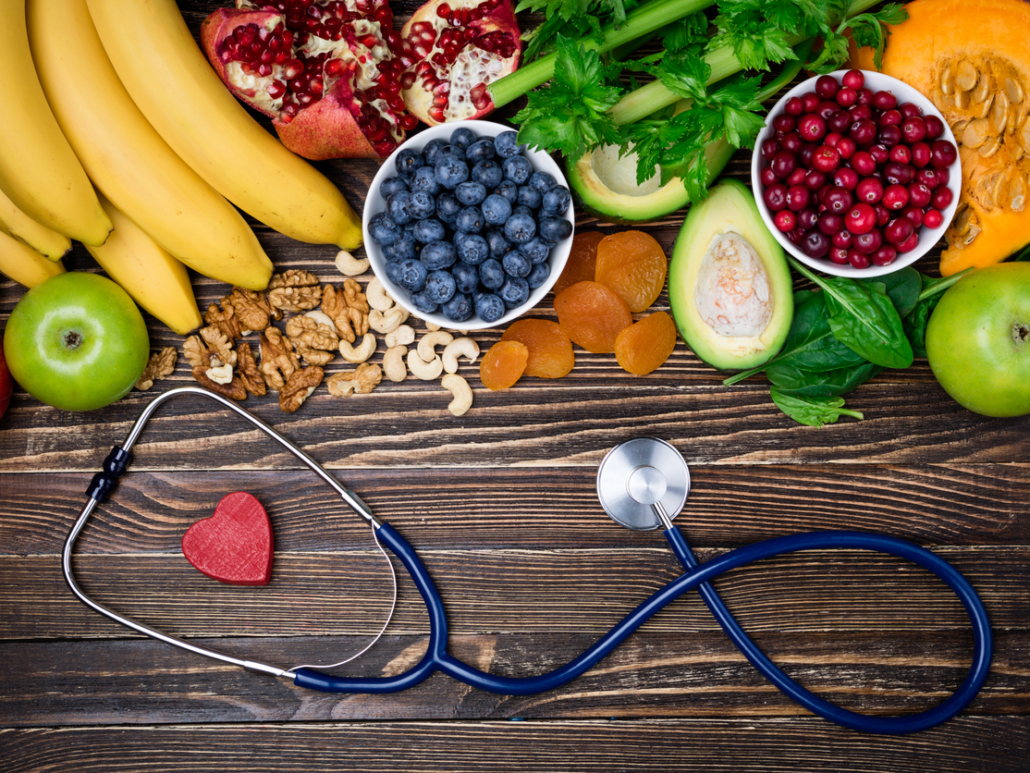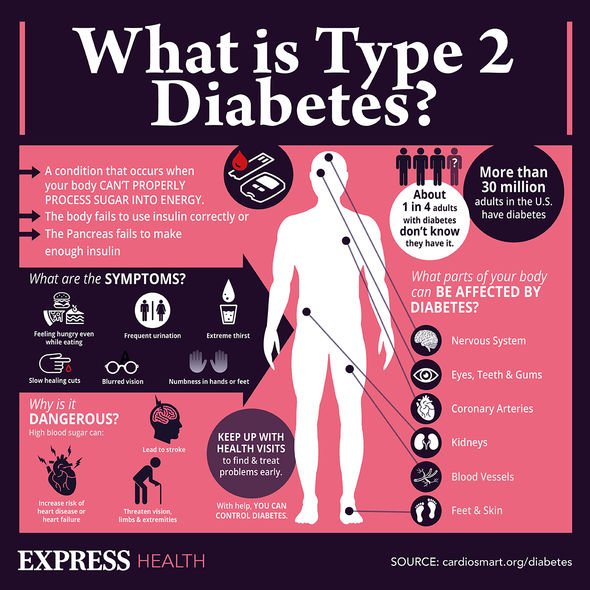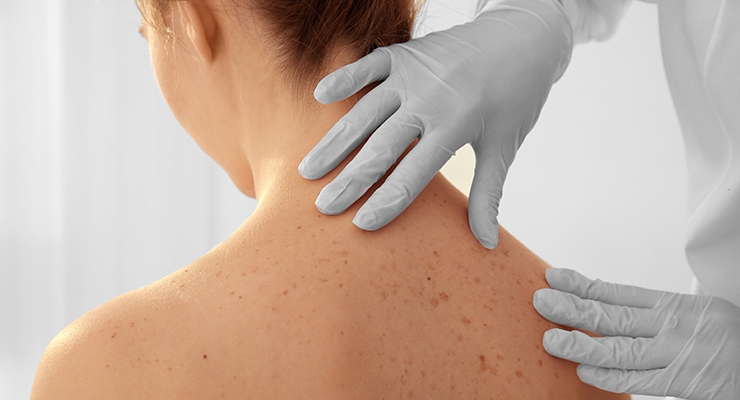10 tips for relieving morning sickness
Morning sickness is often one of the first signs of pregnancy. It is a common complaint, but it often passes by 3 months into the pregnancy. However, for some women, severe morning sickness can be bothersome.
What is morning sickness?
The feelings of nausea do not happen only in the morning. Most women find they ease as the day goes on, but, for some women, they may continue all day.
Nausea during pregnancy is normally associated with an increase in estrogen levels, low blood sugar counts, and a greater susceptibility to some smells.
The exact reason is unknown, but factors may include:
- a rise in hormones, especially estrogen, progesterone, human chorionic gonadotrophin (HCG), and cholecystokinin, leading to changes in digestive activity
- a fall in blood sugar, resulting from the placenta’s need for energy
Another theory on what contributes to nausea in early pregnancy is related to the sense of smell. A woman’s sense of smell is more sensitive in pregnancy, and this could increase the feelings of nausea.
It is most likely to occur during the first 3 months of pregnancy, and it often subsides once into the second trimester.
Research has suggested that nausea and vomiting during pregnancy are a good sign, and they are associated with a lower risk of pregnancy loss.
Over half of all pregnant women experience nausea.
Morning sickness can last all day for some women. It usually starts around week 6 of pregnancy and disappears around week 12, but different women will have different experiences.
Morning sickness does not need medical attention unless it is severe and leads to dehydration and weight loss. Some tips and home remedies can help.
Most women will not experience excessive vomiting, but many will have some discomfort due to nausea.
Here are some tips for minimizing the unpleasant symptoms of nausea during pregnancy.
1) Get plenty of rest
It is important to get a good night´s sleep. Napping during the day may help too, but not straight after a meal, as this can increase nausea.
For those who work night shifts, it may help to wear a sleep mask or use blackout curtains to block out as much light as possible.
As time goes on and the body changes shape, a maternity body pillow may help your back and abdomen.
Go to bed early and wake up early, so you can take time to get out of bed.
Do not use sleeping pills unless a doctor prescribes them.
2) Eat with care
Fatty and spicy foods and caffeine increase the chance of triggering the release of stomach acid, especially as the pregnancy progresses and the fetus pushes against the digestive tract. Bland foods may be less aggravating.
Small portion sizes can help reduce the chance of vomiting but keep something in the stomach. Having an empty stomach can worsen the feelings of nausea. The stomach produces acids, but they have nothing to work on, except for the stomach lining. This adds to the feelings of nausea.
Having some salty crackers or a protein snack before getting out of bed in the morning may help.
At breakfast, cold apple sauce, pears, bananas or any citrus fruit will help you feel satisfied early. The fruit’s potassium may help prevent morning sickness.
Carbohydrates can help. Baked potatoes, rice, and dry toast are often suitable options.
At night, eating a high-protein snack before going to bed will help regulate your blood-glucose levels during the night.
Eat food cold to reduce the smells experienced when eating.
3) Keep physically and mentally active
Being physically active has been found to improve symptoms in women who experience nausea during pregnancy.
Keeping busy can help take your mind off the feelings of nausea. Reading a book, doing puzzles, watching television, playing cards, or going for short walks around the block will help to keep you preoccupied.
4) Ensure good fluid intake
It is important to stay hydrated for good health, especially during pregnancy.
It may be hard to consume eight glasses of water a day while experiencing nausea, but dehydration can aggravate feelings of nausea.
Adding apple cider vinegar and honey to water may make it more palatable.
Sucking ice cubes made from water or fruit juice is also an effective method.
5) Ginger and peppermint teas
Ginger has long been used to aid digestion and reduce abdominal discomfort. Studies show that it may also help relieve the symptoms of nausea.
Other options are to sip cold ginger ale or to add a slice of raw ginger to water or tea.
Snacks such as gingerbread, or ginger cookies may also help.
Peppermint tea may also help settle the stomach.
6) Wear loose and comfortable clothing
Restrictive or tight clothing may worsen the symptoms of nausea. Women who experience nausea during pregnancy have fewer symptoms of nausea when they wear loose-fitting clothes.
7) Vitamins and supplements
Supplements should only be used under a doctor’s supervision. If you are taking vitamins, it may be best to take them before bed and with a snack.
Vitamin B6 may help reduce nausea.
Iron supplements that are prescribed during pregnancy can sometimes lead to nausea. A doctor may recommend a slower-release form or a lower dosage. Take iron supplements with orange juice or another drink with Vitamin C to increase absorption.
8) Avoid computer monitor flicker
A computer monitor flickers rapidly and almost unnoticeably. This may contribute to morning sickness.
If it is not possible to avoid using a computer monitor, it may help to adjust the screen by making the fonts bold and larger and changing the background to a soft tan or pink color. This will help reduce eye strain.
9) Avoid triggers
Morning sickness is linked to an increased sensitivity to smell.
Some strong smells can worsen the symptoms, but scents such as lemon extract and rosemary may help.
An individual will learn to recognize which triggers bring on an episode of nausea, and they can avoid these as far as possible.
10) Help for acid reflux
Sometimes, the nausea and vomiting may be due to acid reflux.
A doctor may be able to recommend antacid medication to take before going to bed to reduce stomach acid levels, and the subsequent morning vomiting.
Always check with a doctor before taking any medication during pregnancy.
Alternative therapies such as acupressure may help. Applying pressure on specific points on the body may help control symptoms. It may involve wearing a motion-sickness band on the forearm.
Fast facts about morning sickness
- Morning sickness occurs in over 50 percent of women who become pregnant.
- It can be managed in a number of ways, including through dietary measures, acupressure, and rest.
- Active medical treatment is only required in cases of excessive vomiting.
- The use of medications is not recommended during pregnancy until prescribed.




